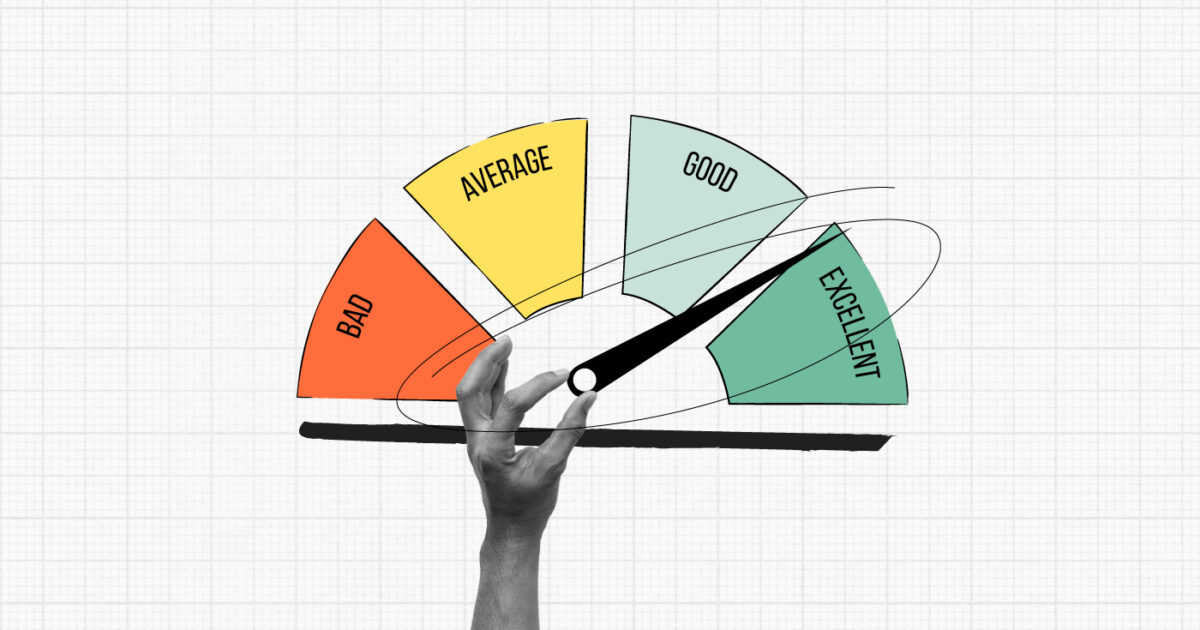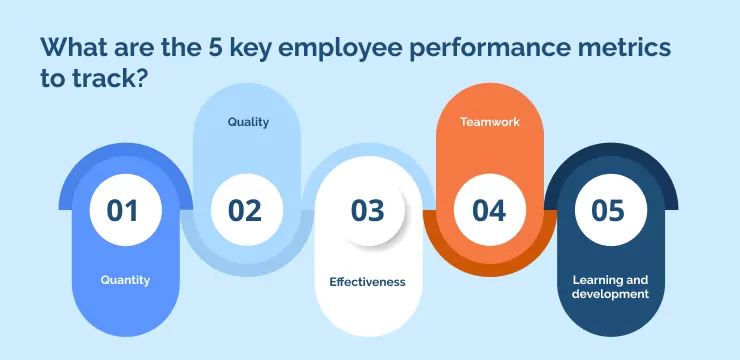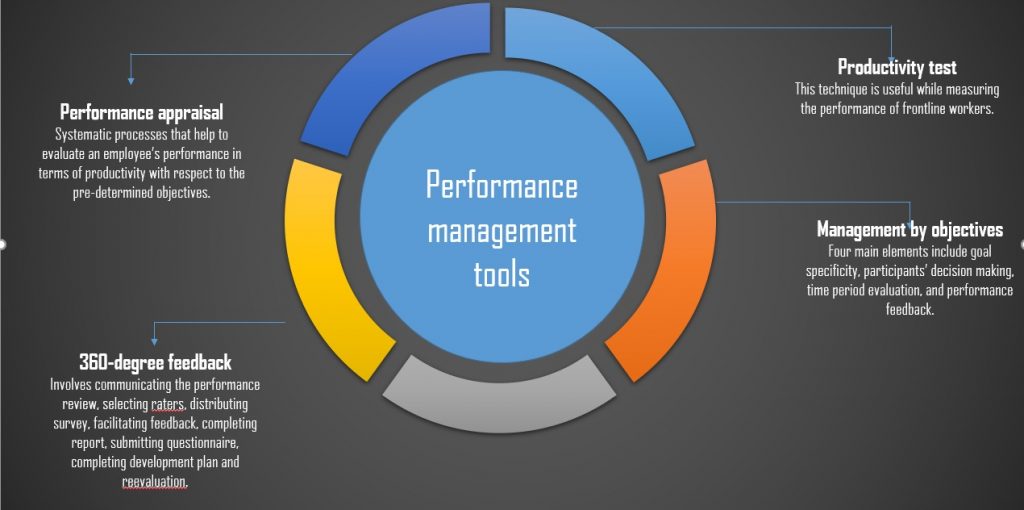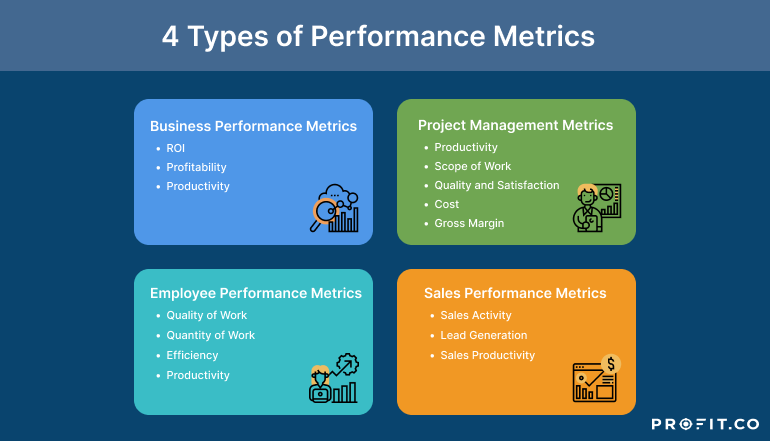How To Measure Employee Performance

The pursuit of accurately gauging employee performance has become a critical challenge for organizations across industries. Traditional annual reviews, often dreaded by both managers and employees, are increasingly seen as insufficient in today's dynamic work environment. The need for more frequent, objective, and development-focused performance measurement strategies is driving significant changes in how companies evaluate their workforce.
This article delves into the evolving landscape of employee performance measurement, exploring various methods, technologies, and best practices. We will examine the limitations of traditional approaches and investigate innovative strategies that prioritize continuous feedback, goal alignment, and employee growth. The goal is to provide a comprehensive overview of how organizations can effectively measure employee performance to drive both individual and organizational success.
Traditional Methods: A Critical Look
For decades, annual performance reviews have been the cornerstone of employee evaluation.
These reviews typically involve a manager assessing an employee's performance against predetermined criteria, often resulting in a rating or score.
However, studies have shown that these traditional methods are often subjective, time-consuming, and ineffective in driving meaningful improvement.
One of the main criticisms of annual reviews is their backward-looking nature. By focusing on past performance, they often fail to provide timely feedback that can help employees course-correct and improve in real-time.
Limitations of Traditional Reviews
Research from organizations like the Society for Human Resource Management (SHRM) indicates that a significant percentage of employees find annual reviews demotivating. This is often because the feedback is vague, biased, or delivered too late to be actionable.
Furthermore, traditional reviews often rely heavily on manager perceptions, which can be influenced by factors such as personal biases and recency bias. Recency bias refers to the tendency to overemphasize recent events, leading to an inaccurate assessment of overall performance.
Another major drawback is the lack of alignment between individual goals and organizational objectives. If employees are not clear on how their work contributes to the bigger picture, they may struggle to prioritize their efforts and achieve meaningful results.
Modern Approaches: Embracing Continuous Feedback
Recognizing the limitations of traditional methods, many organizations are adopting more modern and agile approaches to performance measurement.
These approaches prioritize continuous feedback, regular check-ins, and a focus on employee development. The goal is to create a culture of ongoing improvement, where employees receive timely and constructive feedback that helps them grow and excel.
Key Elements of Modern Performance Measurement
One key element is the use of 360-degree feedback. This involves gathering feedback from multiple sources, including peers, subordinates, and even customers. This provides a more comprehensive and balanced view of an employee's performance, reducing the risk of bias and providing valuable insights for development.
Another important aspect is the implementation of regular one-on-one meetings between managers and employees. These meetings provide an opportunity to discuss progress, address challenges, and provide ongoing coaching and support.
Many companies are also using technology to streamline the performance measurement process. Performance management software can automate tasks such as goal setting, feedback collection, and performance tracking, freeing up managers to focus on coaching and development.
Objective Key Results (OKRs)
The OKR framework is increasingly popular. It focuses on setting ambitious goals (Objectives) and defining measurable outcomes (Key Results).
This allows employees to focus their efforts on what truly matters, while also providing a clear and objective way to track progress.
Google, Intel, and other leading companies have successfully used OKRs to drive performance and innovation.
By aligning individual OKRs with organizational objectives, companies can ensure that everyone is working towards the same goals.
The Role of Technology
Technology plays a crucial role in modern performance measurement. Cloud-based platforms offer features like automated feedback requests, real-time performance dashboards, and personalized development plans.
These tools can significantly improve the efficiency and effectiveness of performance management, allowing managers to track progress, identify areas for improvement, and provide targeted support.
AI-powered analytics can also be used to identify patterns and insights that would otherwise be missed. For example, AI can analyze employee performance data to identify potential risks, such as burnout or disengagement, and alert managers so they can intervene proactively.
Looking Ahead
The future of employee performance measurement is likely to be even more data-driven and personalized.
We can expect to see increased use of AI and machine learning to automate tasks, provide personalized feedback, and predict future performance. Organizations will need to invest in the right technologies and training to ensure that they are able to effectively leverage these tools.
Ultimately, the key to effective employee performance measurement is to create a culture of continuous feedback, goal alignment, and employee growth. By embracing modern approaches and leveraging technology, companies can empower their employees to reach their full potential and drive organizational success.

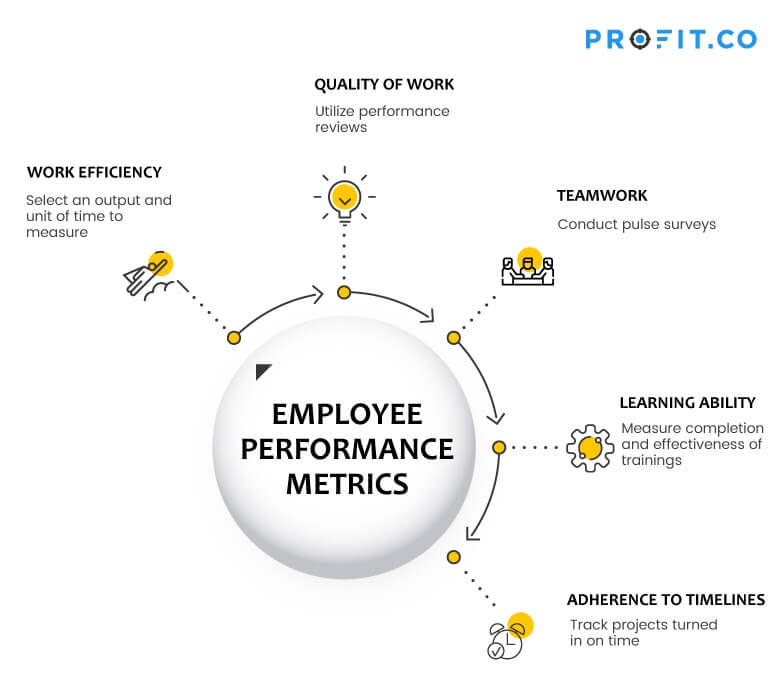



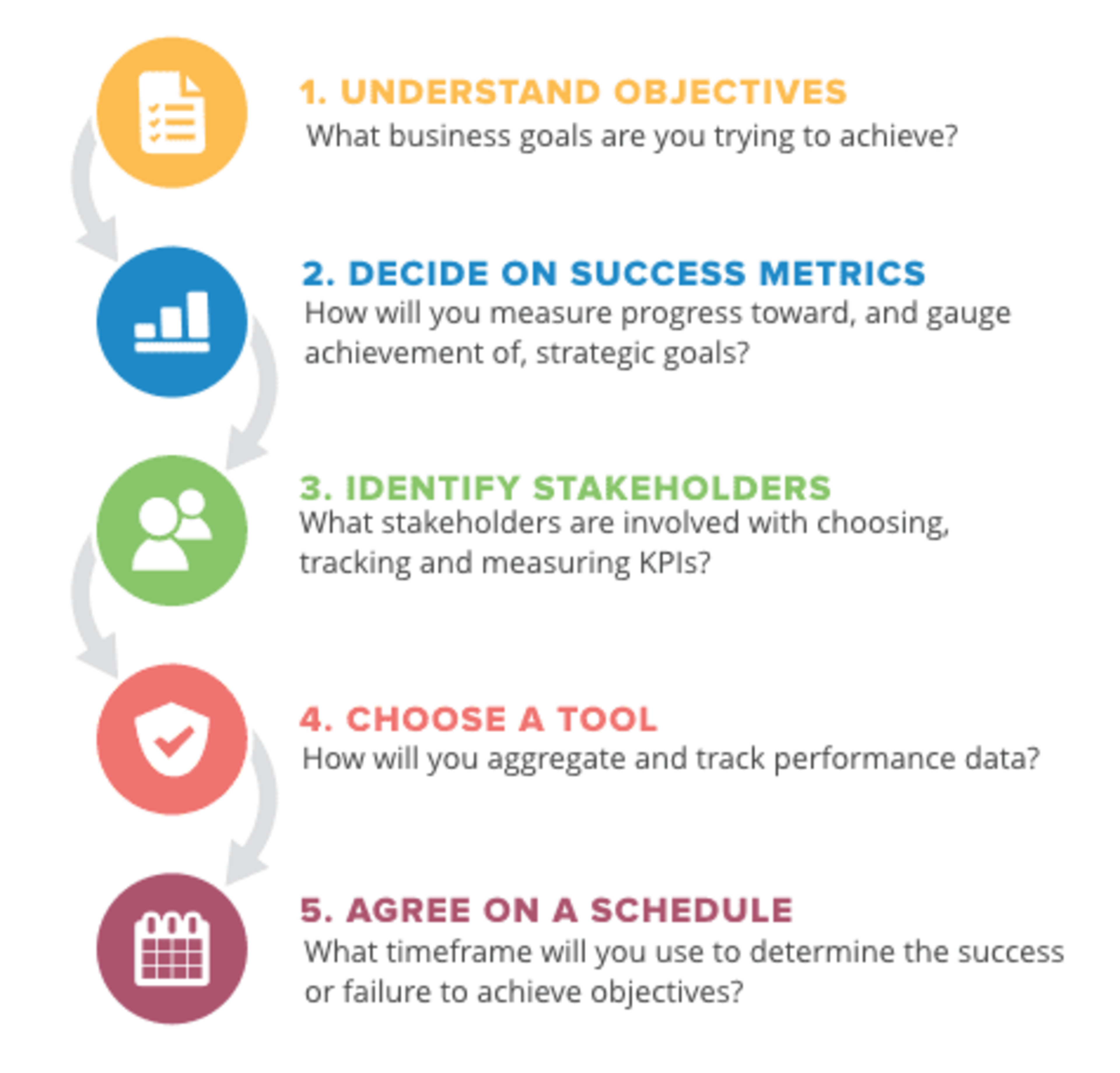

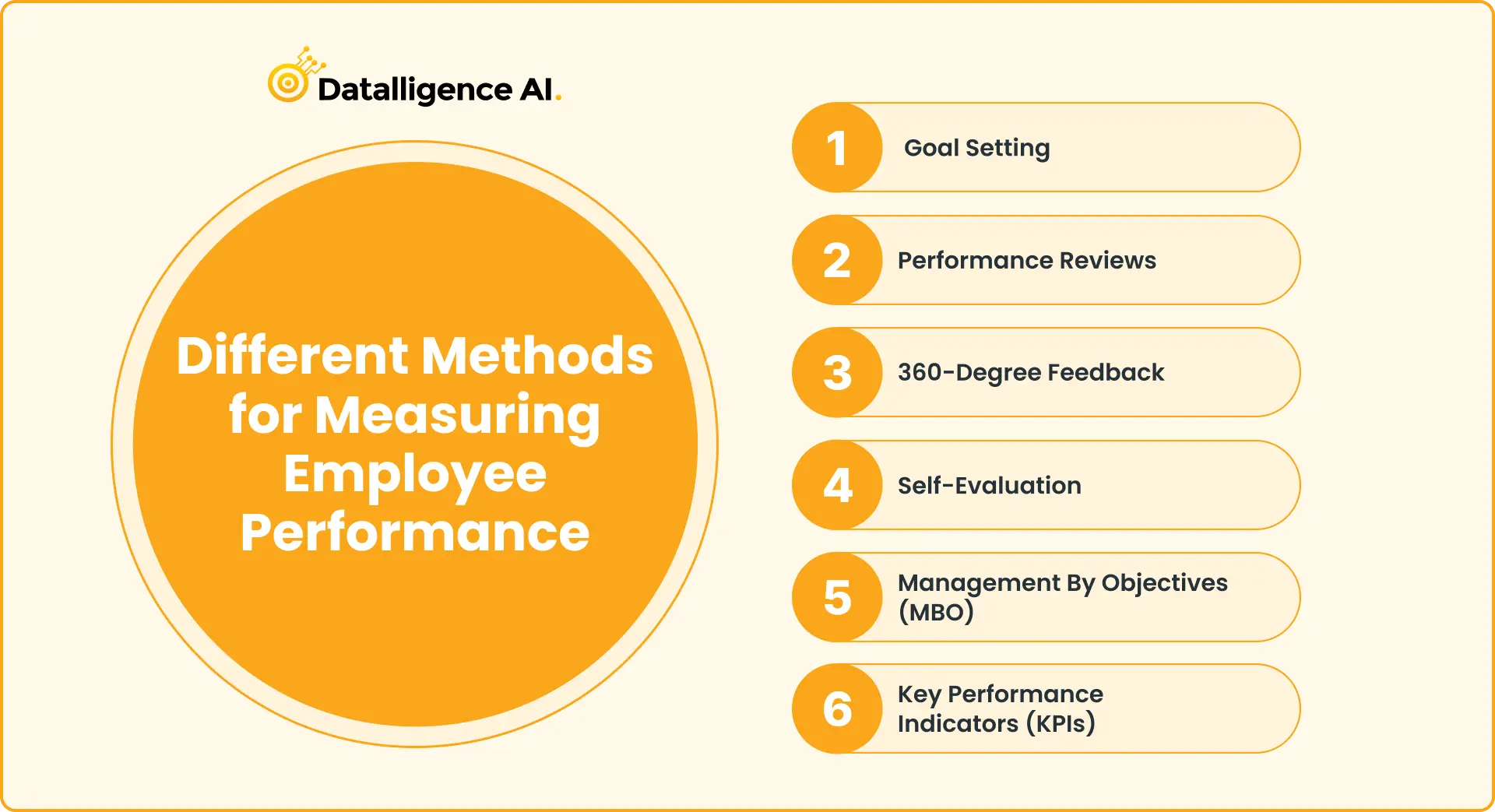
.png)
